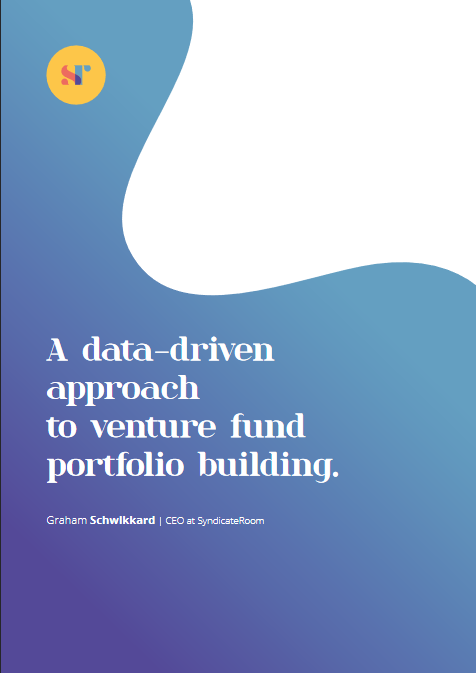Earlier this month, HMRC published its annual EIS data and we finally got a look at how EIS fundraising changed in 2020. The data is split up by tax year so we can review it it from the first days of the global spread COVID, which was declared a global pandemic by the World Health Organisation on 11 March, 2020
If you’re not familiar with the Enterprise Investment Scheme – EIS – we cover it in detail on our website. The important thing to know for this article is that it is a key source of early stage financing for UK companies. EIS funding goes primarily to seed and series A startups, and therefore it is an important bellwether for company formation and financing.
Almost all early stage startups in the UK that raise equity raise via EIS (or the earlier-stage scheme, SEIS) and although there is a limit on the total amount that companies can raise, they can raise if they are a first-time or repeat fundraiser. Investors in these companies claim a tax break from HMRC, which means that HMRC reports are a fairly reliable source of data on early-stage UK investing.

Here are the key insights from the data:
Total EIS funding in 20/21 declined by 12%. This isn’t actually that bad considering the state of play in 2020 where the world faced a global recession. EIS still accounted for £1.66bn going into 3,755 startups. That’s 300% more than it did ten years ago.
First-time startups raised less and were fewer in number. Total funding that went to companies raising for the first time declined by 24% and the total number of companies raising for the first time declined by 10%. This figure is more significant. It suggests that more funds went into keeping existing startups running during the tough times, and that new startups raised smaller amounts during COVID.
Tech sectors held steady. No surprise that total funding going into accomodation and food declined 54%. Information and communication (taking in one third of all EIS investment) declined just 10% and professional, scientific and technical companies remained almost the same as 2019.
Cheques got smaller. The number of EIS investors claiming for amounts from £500 to £15k increased by 7%. Whereas the number of EIS investors claiming for amounts above £500k decreased by 40%.
Scotland and Wales saw 20% declines in total raised. Total raised declined across all regions – even London saw a 14% decline. The east of England, with the deep tech hub Cambridge, saw just an 11% decrease.
Looking forward, EIS applications in 2021/22 are back at 2019/20 levels. EIS advance assurance applications (companies who are planning to fundraise) have increased by 12%. This suggests that startups were quick to bounce back when the environment improved and are on the hunt again for funding.
It’s worth noting that a number of the EIS companies will have also raised from the Future Fund during 2020, and none of that funding was EIS eligible for co-investors. So it is possible that the larger cheques went into Future Fund convertible loan notes, and that would’ve caused the EIS figures to decline.
I’ve focused here on just the annual change and there are some broader trends to investigate. Nonetheless, this data does show that although corporations struggled to keep their share price up, and the economy faltered, the EIS fundraising market remained robust. Early stage investors kept active and put money into startups looking to grow and return capital to those investors. I’ve written before about the persistent increase in startup valuations (which carried through 2020). We will have to see what the upcoming economic changes have on the market.
Find out more about our fund, Access EIS, and investing in startups.
Get your copy of our whitepaper

Looking for a fund that does things differently?
Download our whitepaper here, which sets out the uniquely data-driven, co-investment model of our fund, Access EIS.
Register to learn
more about our data,
fund and venture capital

